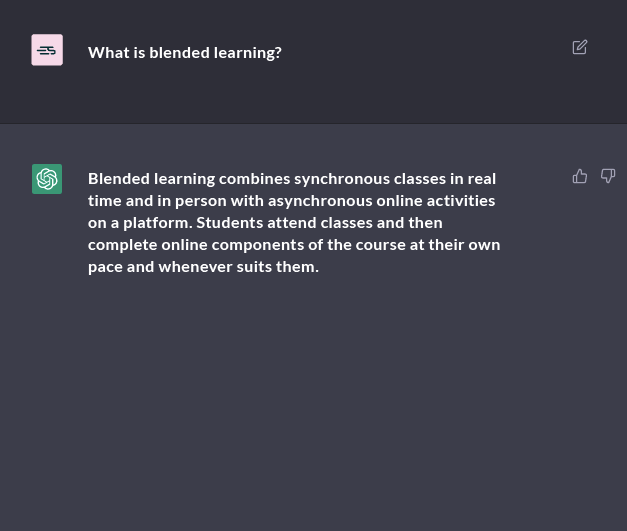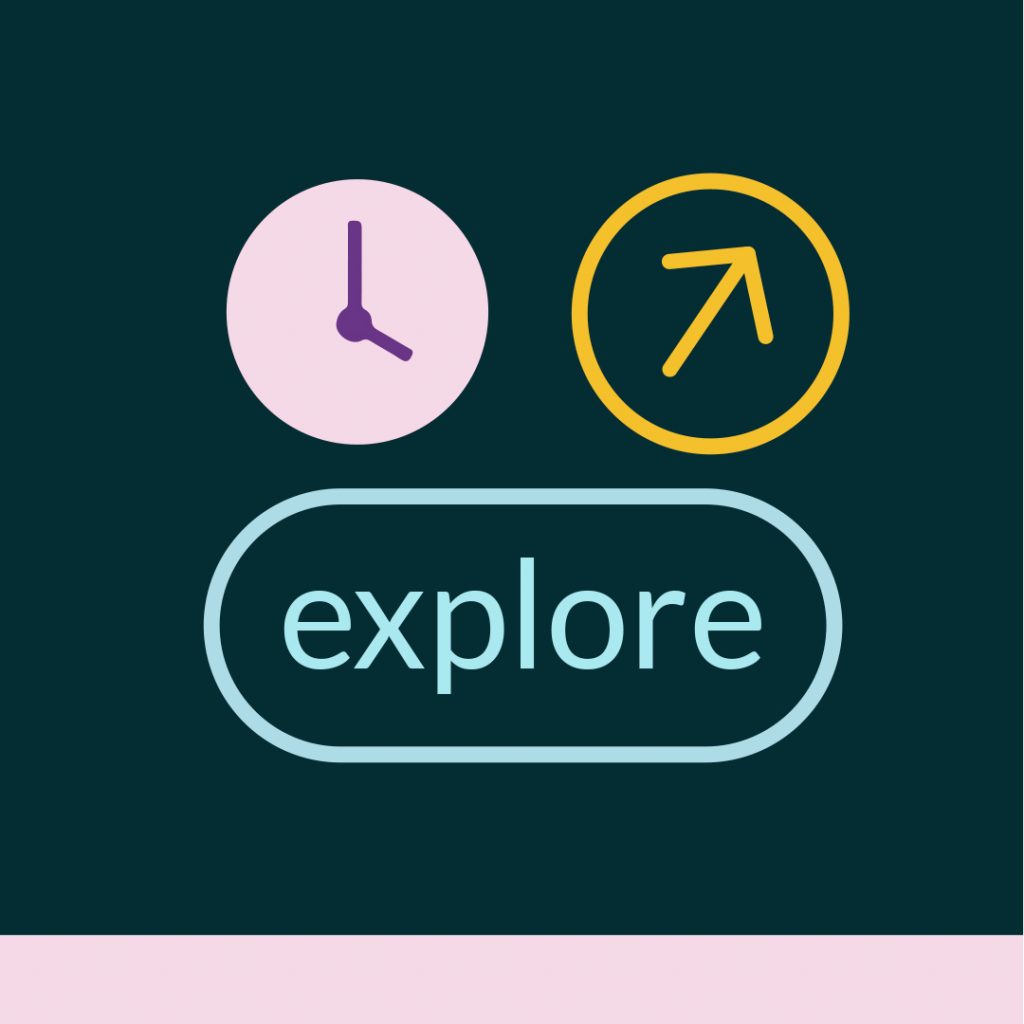Do you get annoyed when a customer service bot doesn’t understand what you’re trying to ask? Well, now it is possible to converse with a bot in a natural way. How so? With ChatGPT (Chat Generative Pre-trained Transformer), a software application created by OpenAI and launched in November 2022.
The Latest in Artificial Intelligence
ChatGPT is a chatbot that applies artificial intelligence and natural language processing (NLP) to mimic human conversation. The models’ developers used supervised learning and reinforced learning to fine-tune it, as well as human trainers to improve its performance. OpenAI, the company responsible for ChatGPT, continually collects data from users to make adjustments and improvements.
This model is so versatile that it can be used for more than just a chat, according to its creator. It can write and debug computer programs, compose music, write essays and poetry, or answer test questions. ChatGPT can remember previous prompts from the same conversation, so it really sounds human-like and natural. Therefore, it can answer follow-up questions, reject inappropriate requests, and admit mistakes.
Among the sources of information are man pages (i.e., Unix software documentation), programing languages, and Internet phenomena like memes and viral videos.
The ChatGPT Downside
Like all other new technology, ChatGPT is far from perfect. A moderator API filters through offensive output both from being produced by the chat and from being introduced to it. Thus, it attempts to weed out potentially racist, violent, or sexist prompts.
There’s a possibility that students can use ChatGPT to write essays or plagiarize other writing. One of the problems, apart from the obvious one of trying to pass other people’s work as their own, is that of hallucination. What hallucination means is that the model produces incorrect and nonsensical answers that sound plausible and authoritative. Also, it has limited knowledge of events that happened after 2021. Only a human professor can spot those flaws and, consequently, punish the erring student.
Another potential risk is that of cyberattacks. ChatGPT has the ability to write phishing emails and malware. So, in the wrong hands, it has the potential to do a lot of damage.
“AI has the potential to transform education, personalizing learning and enabling students to learn at their own pace.” Sundar Pichai – Google Chief Executive Officer
Uses of ChatGPT in Training and Education
Chatbots have a place in corporate training and in education. Since this model can understand context and learn from interactions, it is very adaptable.
A training program can include chatbots that answer questions about training materials and provide quick answers to commonly asked questions. It is a collaborative and engaging way to learn, as its conversational nature makes interaction more natural.
ChatGPT can also be used in the English classroom. Teachers can tailor vocabulary lists according to students’ needs. Then, the model will create sentences that explain the meaning of those words in context. Teachers can also use the chatbot to create writing prompts based on a specific topic. It is also a reading comprehension practice tool: the teacher provides a passage, and ChatGPT creates personalized questions that will help students understand the passage better.
English Services provides language lessons, workshops and conversation clubs, like English for Business, using the latest technology and methodology. Click here to find out more.





